The leading NATO allies of the United States – Germany, France, Italy, Canada, and the United Kingdom are enhancing actions to strengthen their military, political and economic positions in the Asia-Pacific region, where ASEAN is widely considered to be the central pillar of the security architecture.
Western countries have been active in key ASEAN negotiating formats, such as the ASEAN Defense Ministers’ Meeting and Dialogue Partners (ADMM-Plus), the ASEAN Regional Forum (ARF), and the East Asia Summit (EAS), seeking to enhance their ability to influence the Association’s security decision-making.
Paris is trying to secure its place in the ASEAN Forum on Maritime Security by spearheading the promotion of EU-wide attitudes on the issue. An integral part of this work of the French is the involvement of ASEAN, led by the Indonesian presidency of the Association, in its military training activities in the Indian Ocean (Exercise Croix du Sud).
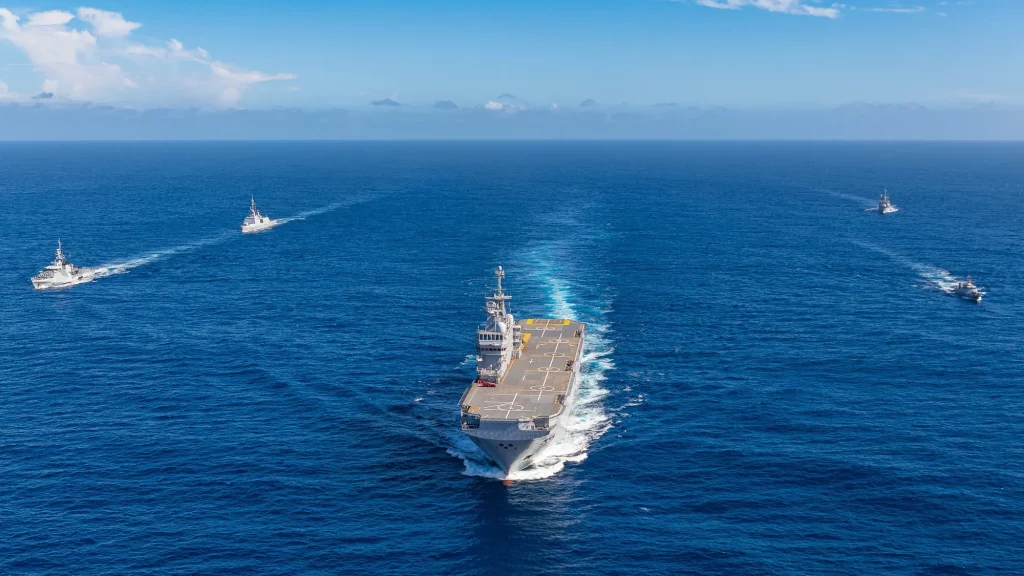
The UK and the EU are pushing for full membership in the ARF, ADMM-Plus, and EAC formats. Ottawa is pushing to upgrade the Canada-ASEAN partnership to a strategic level, with a hope of becoming a permanent member of the EAC. At the same time, according to some reports, the Canadians are working on options for creating another pro-Anglo-Saxon formation in the Asia-Pacific region comprised of the United States, Canada, Japan and South Korea.
Some of the European powers, such as Italy, are using the establishment of military and technical cooperation with the closest U.S. allies, Japan and Great Britain (which, remember, are members of AUKUS), to enter the region. Thus, on April 17 this year the foreign ministers of Japan and Italy – Yoshimasa Hayashi and Antonio Tajani discussed bilateral relations on the margins of the ministerial meeting of G-7 in the Japanese resort of Karuizawa. Attention was focused on security cooperation, including a project to create a next-generation fighter jet by 2035 (Global Combat Air Program) in accordance with intergovernmental agreements between Japan, Great Britain and Italy. The first-ever call to a Japanese port by an Italian Navy frigate was also announced there.
Notable in this context is the list of guests invited to Tokyo for the upcoming G-7 summit in May: in particular, India (a member of QUAD), Australia (a member of QUAD, as well as AUKUS), the Republic of Korea (U.S. ally and active supporter of developing relations with the above-mentioned formats).
Leading ASEAN states, such as Indonesia, Malaysia, Thailand, Singapore and Vietnam, are obviously interested in expanding the circle of countries willing to establish political, economic and military-technical cooperation with them. It flatters their ego, raises their international profile, and gives them hope of reducing their dependence on China. At the same time, in their enthusiasm for public short-term dividends, these states can miss the moment when yesterday’s partners, very sophisticated and hardened in the geopolitical intrigues of the 20th and 21st centuries, will seize the initiative, replace ASEAN with their own formats and ultimately subordinate the Southeast Asian countries to their interests, as it already happened during colonialism.
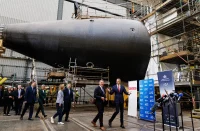
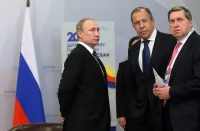
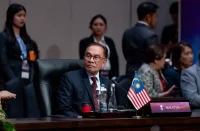



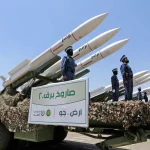







Comments